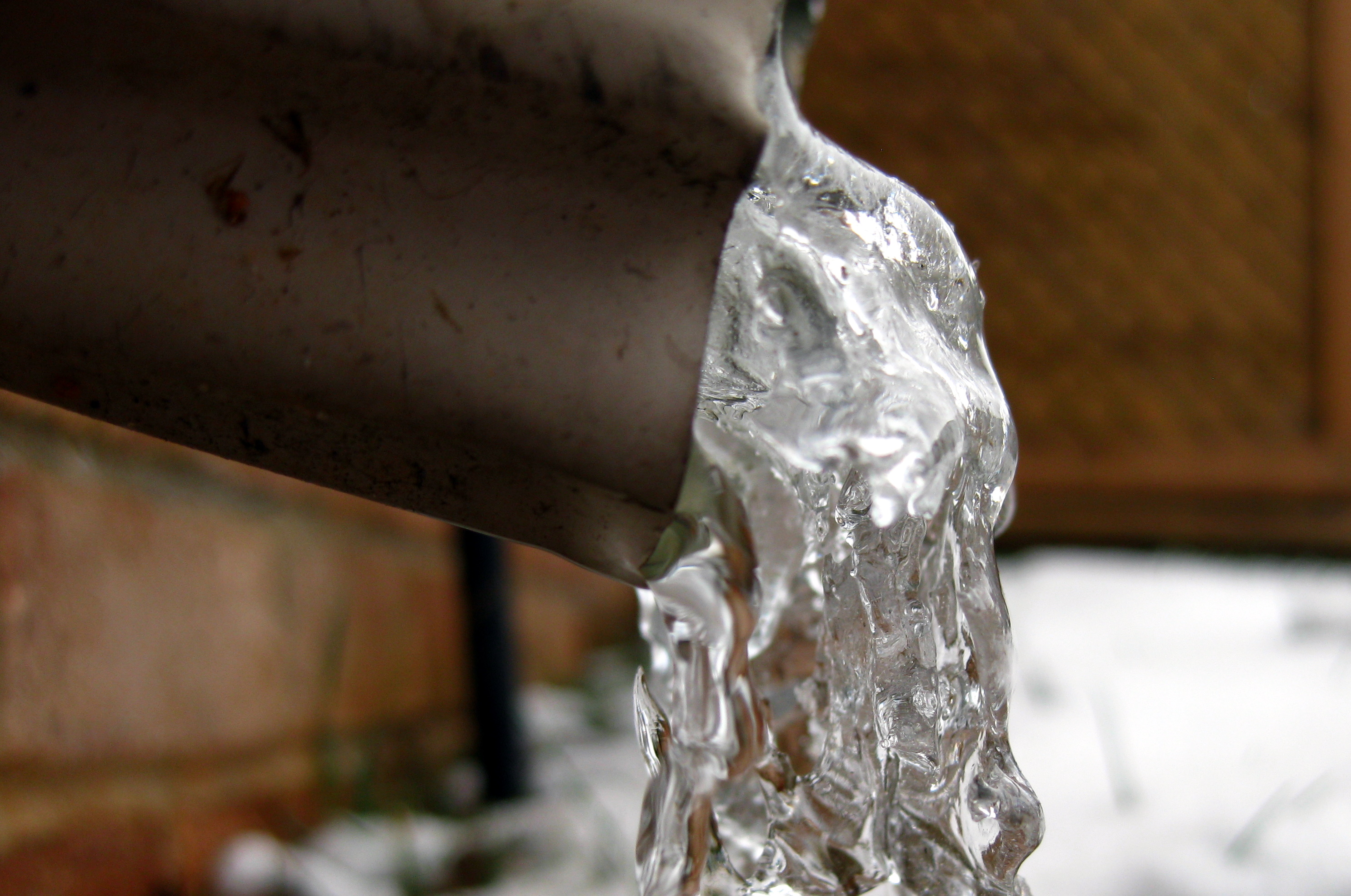
5 DIY fall landscape tips that will save you money
Remember when you were paid to do chores as a kid? Well, we found a way to make those jobs profitable again.
Follow this easy do-it-yourself checklist to avoid costly landscape and irrigation system repairs next spring, and put the money you saved back into the bank:
Winterize: Irrigation system leaks are the second (behind toilets) most common type of leaks Denver Water techs discover each year.
With freeze season underway, winterize your irrigation system now to prevent costly damage caused by frozen water left in pipes. Here are some tips from Associated Landscape Contractors of Colorado on how to properly prepare your system for winter.
Don’t have a sprinkler system? You still should disconnect your hoses from the spigot before it gets too cold. If you don’t, you’re leaving your faucet and hose vulnerable to the winter conditions that could cause the pipes feeding the spigot to break.
Mow: Did you know that late-season mowing helps reduce the risk of mold and other diseases forming in your yard? There is no reason to trim your grass shorter than usual, but make sure to get in one last cut before the snow flies. This simple task may save you from having to apply a fungicide later.
Mulch: If you’re like me, raking and bagging is the fall chore I dread most. But with one easy step, you can make the job easier while benefiting your yard. Just keep the bag off your mower and mulch the leaves into the grass.
Why? According to ALCC’s tips for fall lawn care, “The mulched leaves will naturally compost into the soil, providing nutrients for the lawn.”
If you do need to collect and bag your leaves, take advantage of community leaf drop programs, like this one in Denver. (And if you have kids, don’t forget to rake the leaves into large piles to dive into first!)
Aerate: By opening up pathways for water and nutrients to move into the root zone, you’ll have a thicker and more drought-tolerant lawn without having to apply more water.
Transplant: Do you have an area that you are looking to transform into a more water-wise landscape? If so, now’s the perfect time to make the move. If you or a neighbor have established plants, follow these simple steps to get your new garden off and running — for free!
Of course, you can always pay the kids in your neighborhood to do these chores for you and call it a wash. Either way, you’ll have a healthier landscape next spring while saving time, money and water.

